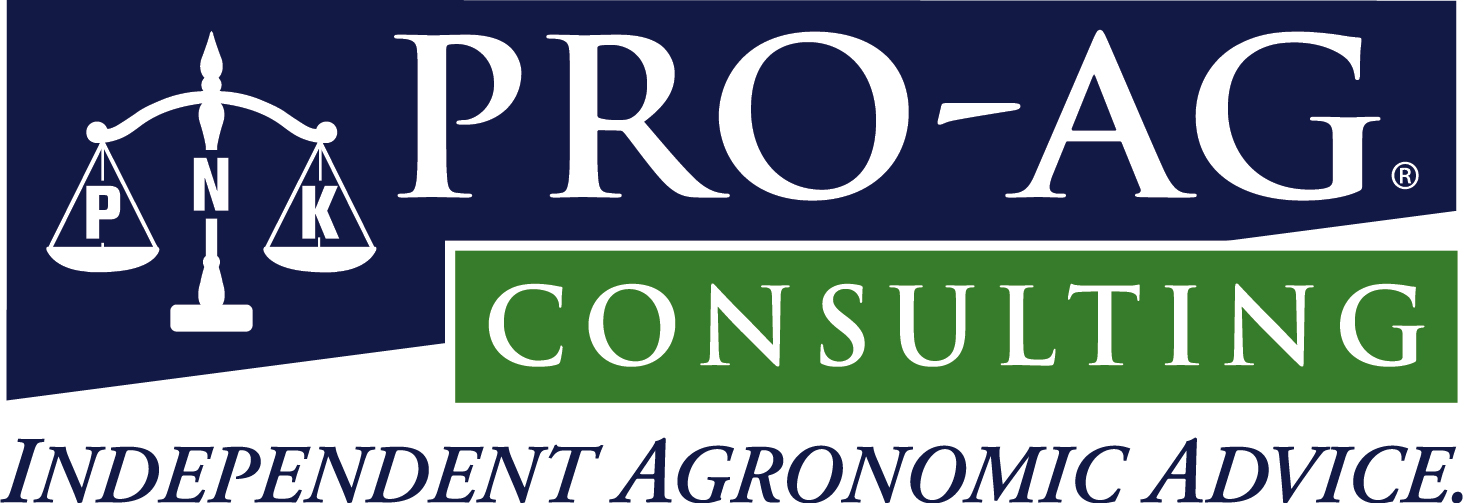Operator and farmland returns, which represent the amount that can be split between the landowner and farmer, vary considerably with corn and soybean prices that are likely to occur over the next several years. Herein, landowner and farmer share of returns are shown under share rent and a 40% of crop revenue leases, two arrangements that exists in practice. Resulting returns will show the variability in returns likely to be experienced, and also illustrate the downward pressure cash rents may face when prices decline to likely long-run levels.
Operator and Farmland Returns
In a post last week (see here),
operator and farmland returns were calculated for three sets of prices:
- 2013 projected prices — $5.50 per bushel corn price and $12.50 per bushel soybean price,
- Long-run prices — $4.50 per bushel corn price and $10.50 per bushel soybean price, and
- Low prices — $3.50 per bushel corn price and $8.50 per bushel soybean price.
Panel A of Table 1 shows operator and farmland returns for central Illinois with high-productivity and low-productivity farmland. For high-productivity farmland, the operator and farmland return is $510 per acre for 2013 projected prices. Returns are reduced to $341 per acre under long-run prices, and $172 per acre under low prices.

Landowner and Farmer Returns under Share Rental Lease
The split of operator and farmland returns between farmer and landlord is calculated for a lease that shares revenue and direct costs (fertilizer, seed, chemicals, drying, storage, and crop insurance) on a 50-50 share between the landowner and farmer. The farmer also pays the landlord an additional rent equal to $25 per acre for high-productivity farmland and $15 for low-productivity farmland.
For high-productivity farmland, the $510 of operator and farmland return under 2013 projected prices is split such that the landlord receives $351 per acre (panel B) and the farmer receives $159 per acre (panel C). Relative to historical returns, these returns are high.
For high-productivity farmland, long-run prices results in a landowner return of $267 per acre (panel B). This return is lower than the cash rents in many central Illinois counties (see here). The farmer return under long-run prices is $74 per acre.
For low prices, the landowner return is $182 per acre and the farmer return is -$10 per acre. The low landowner return is considerably below expectations of many landowners at this time. The negative farmer return would cause deterioration of the financial positions of farms.
Landowner and Farmer Returns under a 40% Crop Revenue Lease
Landowner and farmer returns are calculated under a lease in which the landowner receivers 40% of crop revenue. The 40% represents a fairly common sharing arrangement under crop revenue leases. In addition, cash rent averages 40% of crop revenue in Illinois between 1976 and 2006 (see here).
Rents for 40% crop revenue leases are higher than under share rent arrangements. At 2013 projected prices, the 40% gross revenue lease generates $382 per acre for central Illinois farmland with high productivity compared to $351 per acre for the share rental arrangement, a difference of $31 per acre. These differences become wider at lower prices: the long-run prices have a $48 difference ($315 under gross revenue lease – $267 under share rent lease) and low prices have a $66 difference ($248 under the gross revenue lease – $182 under the share rent lease). Given higher returns to the landowner, farmers receive less return under the 40% crop revenue lease as compared to the crop share lease.
Long-run prices present an interesting comparison. For high-productivity farmland, landowner return under the 40% crop revenue lease is $315 per acre, close to the average cash rent in several central Illinois comities (see here). At that level, the farmer return is $26 per acre, likely unacceptably low to farmers if long-run prices persist over several years. This would suggest downward pressure on returns beyond that suggested by the 40% gross revenue lease if long-run prices persisted over several years.
Summary
Under sharing rental arrangements, landowner and farmer returns will vary considerably under differing prices. If corn and soybean prices decline to their long-run averages, returns will decline from 2013 projected levels.
The above shows landowner returns for rental arrangements that allow returns to vary. Even landowners who cash rent farmland may see cash rents decline when prices lower as a result of renegotiations due to low returns to farmers.
Issued by Gary Schnitkey
Department of Agricultural and Consumer Economics
University of Illinois
